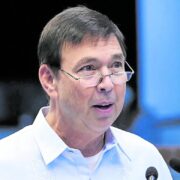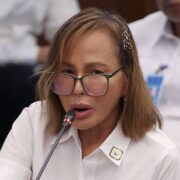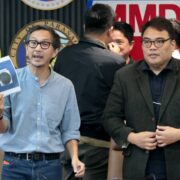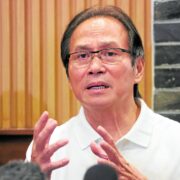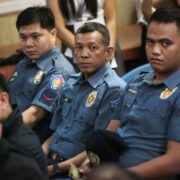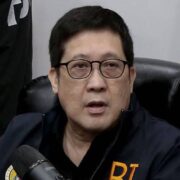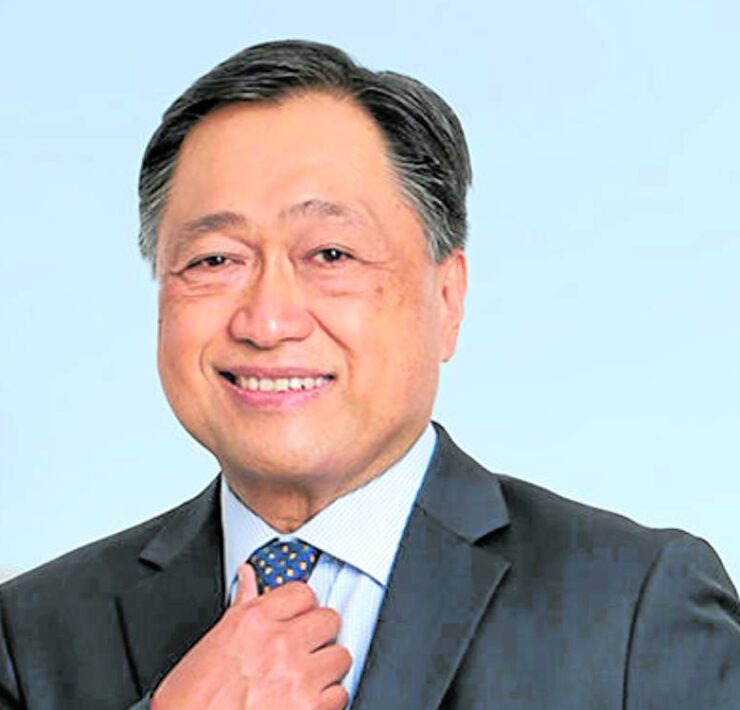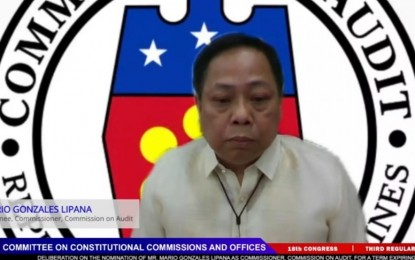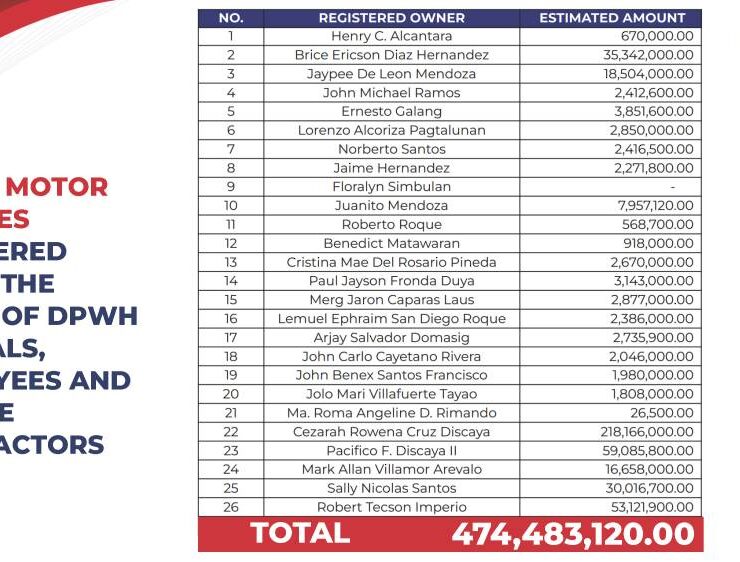Lacson details corruption schemes in flood control works
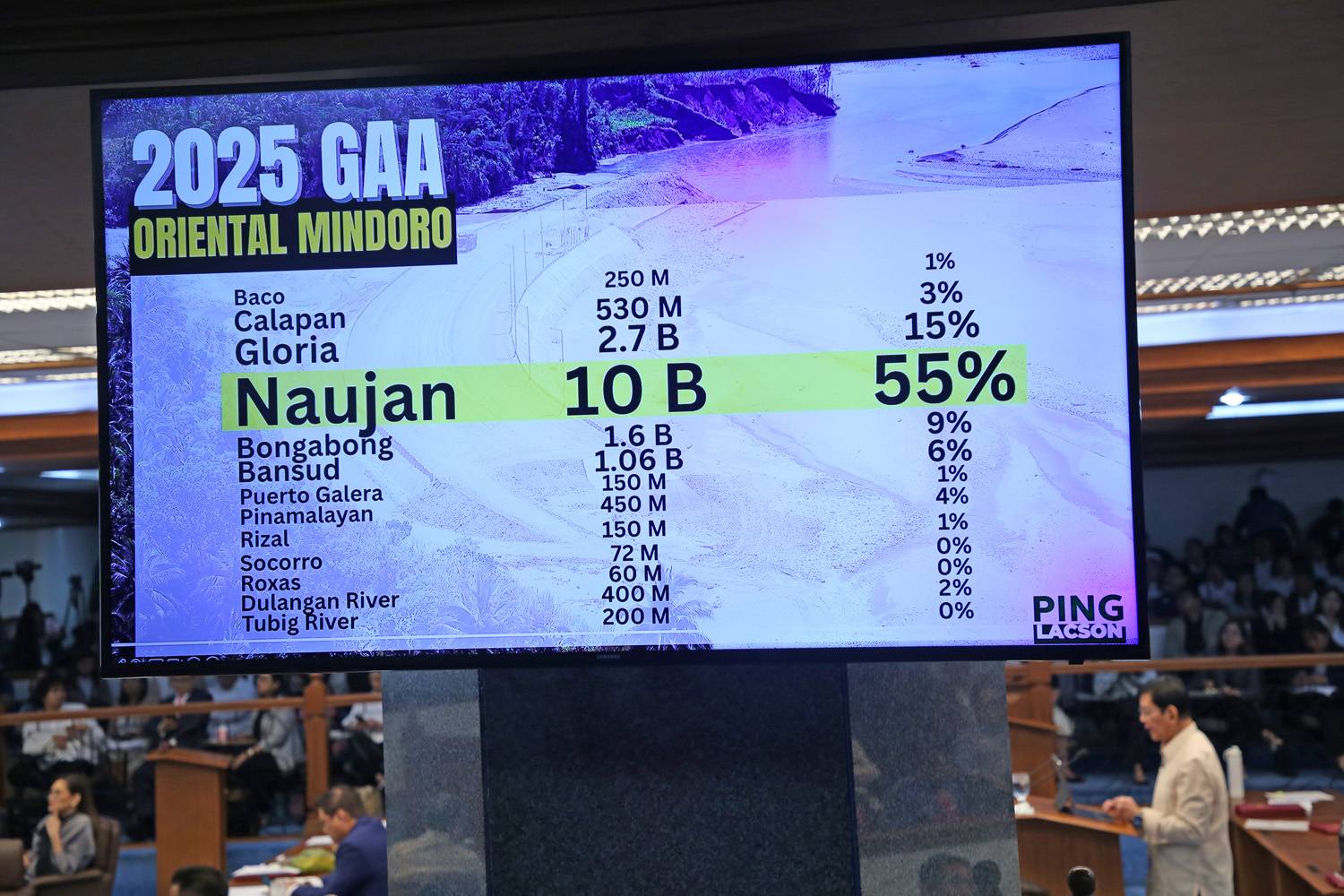
Sen. Panfilo Lacson on Wednesday said only about 40 percent of funding for flood control projects are actually utilized as he disclosed corruption schemes in the country’s various infrastructure projects.
In his privilege speech, “Flooded Gates of Corruption,” Lacson revealed what he called a “passing through or parking fee” that amounts from 5 to 6 percent of the fund which is considered “royalty,” a term for bribe money given to politicians in control of the district where the project will be built.
“Lo and behold, Mr. President: 20 to 25 percent usually goes to the funder or project proponent who is a politician,” Lacson said, adding that it was already fortunate if the remaining funds for the construction reached 40 percent of the total.
“There is an evident pattern of this nasty distribution of public funds among crooks,” the senator said.
Massacre of public funds
He added that these figures are based on case studies that his team conducted and investigated in various parts of the country.
“We did not include in my presentation those that were investigated and already revealed by the President,” he added. “What is clear is the pattern of how thieves massacre the public funds … they’re almost the same.”
Lacson’s research was supported by information from insiders and contractors of the Department of Public Works and Highways (DPWH) and other open sources.
The senator enumerated the following: First, the practice of some contractors and their government accomplices in sharing funds, including terms or codes related to their modus operandi; second, failed projects due to the use of substandard materials, including the contractors behind them;
Third, projects openly claimed as “congressional insertions”; fourth, the continuous flooding in various areas they’ve reached, which were repeatedly poured with billions of funds; and, finally, the projects that the President called “imaginary” or “ghost” projects.
Crumbs left
According to Lacson, for over 15 years, from 2011 to 2025, more than P1.9 trillion was appropriated for flood control management program under the DPWH budget.
In just three years, from 2023 to 2025, the government allocated over P1 trillion for flood control—almost 53 percent of the total funds over 15 years.
“When we are speaking in trillions of pesos, we can expect our streets and low-lying communities to be flood-free when the rains pour,” he added.
The senator, however, lamented that the multibillion-peso worth of infrastructures, which were supposed to protect communities, have been destroyed during recent typhoons.
“Corruption has been so pervasive and systemic that doing so is like a piece of cake. And when I say ‘piece of cake,’ I mean that funds for a specific project are divided, shares vary depending on greed, big parts swallowed by corrupt operators, both from the public and private sectors, leaving only crumbs for actual project implementation,” he said.
Pie-sharing
Lacson illustrated an example of the pie-sharing, which he emphasized did not represent all projects.
He said regular or legal taxes and insurances are automatically deducted and separated: 5 percent value-added tax; 2 percent withholding tax; 1 percent for bonds and insurances; and 1 percent materials testing.
“Let us also subtract the allowable contractor’s profit which stands at 8 to 10 percent. For example, in P100-million fund for flood control project, if we deduct the maximum allowable deductions, P82 million will be left for the project,” he said.
But he said it does not end there and the budget is further “chopped” into bribes, commissions, standard operating procedures, and “other different terminologies for the shares of the corrupt.”
Most of the time, Lacson noted, 8 to 10 percent would go to DPWH officials and that it was already considered “lucky” if the district engineer would only ask for a 6-percent share. The extra 2 to 3 percent would then go to the district engineering office if there was a “surplus” in the contractor’s profit, 5 to 6 percent to members of the bids and awards committee and up to 1 percent to the Commission on Audit.
‘Most notorious’
Lacson bared that the province of Bulacan is the “most notorious when it comes to anomalies in flood control projects based on our findings.”
He named former district engineer Henry Alcantara and former assistant district engineer Brice Hernandez of Bulacan’s first engineering district office.
“According to the contractors and DPWH officials who we were able to talk to, these two are almost the same when it comes to love for money,” said Lacson.
He also lauded President Marcos for taking decisive steps to identify corrupt officials and contractors.
He said Malacañang’s newly launched “Sumbong sa Pangulo” website made investigative work for him and his staff members a lot easier. —WITH A REPORT FROM CHARIE ABARCA




